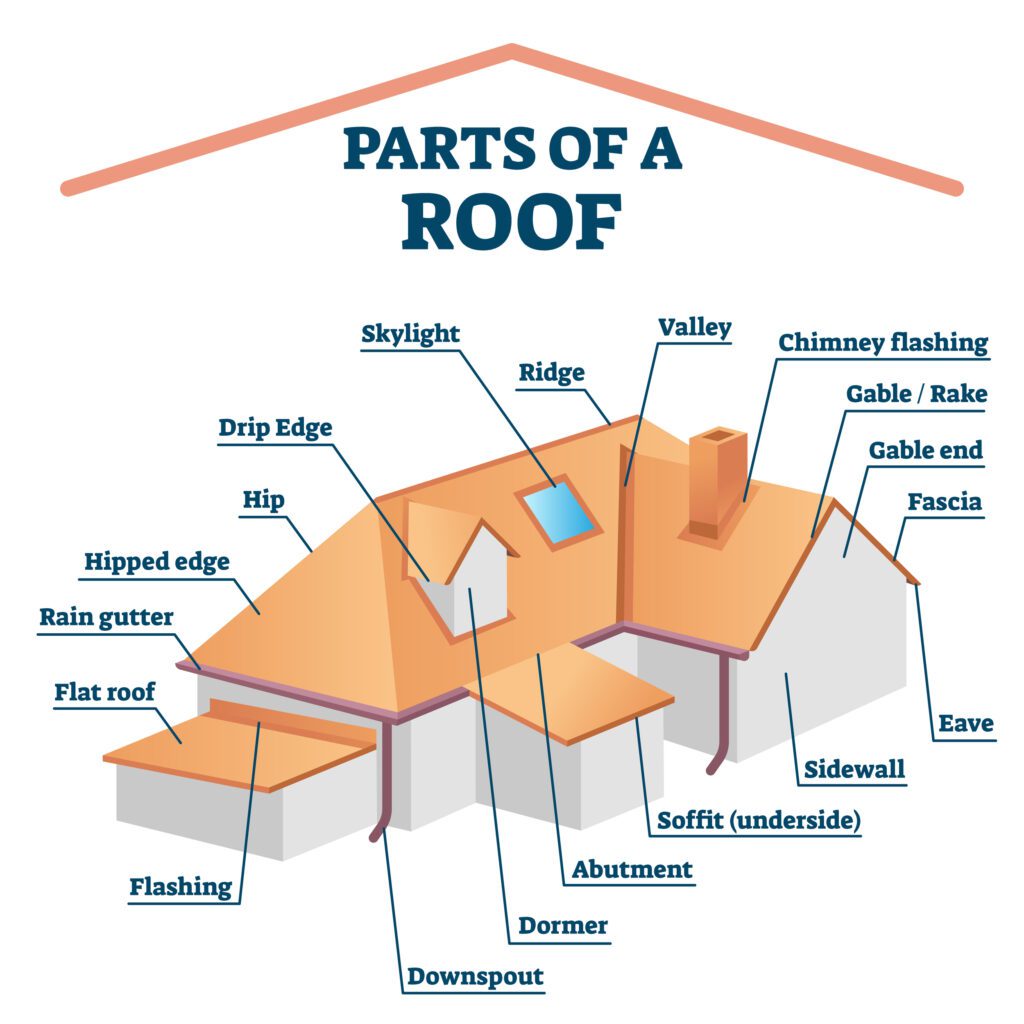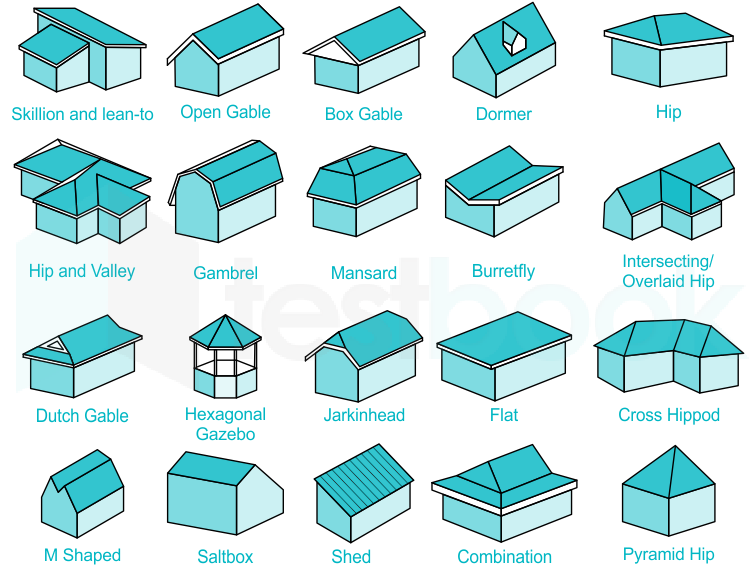Have you ever wondered what to call a roof that has four sloping surfaces? Well, look no further! In this article, we will uncover the name of this unique architectural feature that adds a touch of elegance and character to any building. So, get ready to learn something new and impress your friends with your knowledge of roofs!
Roof Types
Introduction
Welcome to this article on roof types! In this comprehensive guide, we will explore different roof designs and their features. Whether you are a homeowner considering a roof replacement or simply curious about the various roof styles out there, this article will provide you with valuable information to help you make an informed decision. A well-designed roof not only enhances the aesthetic appeal of your home but also plays a vital role in protecting your property from external elements. So, let’s dive in and learn about the different types of roofs!
Definition of a Roof
Before we delve into the specifics of various roof types, let’s start with a basic understanding of what a roof actually is. A roof is the uppermost part of a building or structure that provides shelter and protection from weather conditions such as rain, heat, snow, and wind. It is essentially a covering that encloses the top space of a building and safeguards the interior from external elements. Roofs come in diverse styles, each with its own unique features and benefits.
Importance of Roof Types
The choice of roof type you opt for can greatly impact the overall look, functionality, and durability of your home. Different roof styles offer distinct advantages and disadvantages, making it essential to choose one that suits your specific needs and preferences. Additionally, the roof type you select can influence factors such as energy efficiency, maintenance requirements, and even the cost of your roof installation or repair. Therefore, it is crucial to be aware of the various roof types available to make an educated decision that aligns with your goals and budget.

Gabled Roof
Explanation
A gabled roof, also known as a pitched or peaked roof, is one of the most common and recognizable roof types. It is characterized by its triangular shape with two slopes on either side, forming a ridge in the center. The slopes of a gabled roof extend from the eaves (lower edges) to the ridge (highest point), creating a straightforward and symmetrical design.
Description
Gabled roofs can be found on a wide range of architectural styles, from traditional to modern. They are popular for their classic appearance and excellent water-shedding capability. The triangular shape allows rainwater and snow to slide off easily, reducing the risk of leaks and water damage. Gabled roofs can be constructed with different materials, including asphalt shingles, metal, cedar shakes, or tiles, depending on the desired aesthetic and climate considerations.
Advantages
One of the significant advantages of a gabled roof is its simplicity, making it relatively easy to design, build, and maintain. The distinct shape of the roof provides ample space in the attic or upper floor, allowing for better ventilation and potential expansion. Gabled roofs also offer excellent resistance against strong winds, as the sloping angles help redirect the wind rather than allowing it to push against the structure. Moreover, the symmetrical design of a gabled roof adds a sense of balance and architectural elegance to your home.
Disadvantages
While gabled roofs have numerous advantages, it is essential to consider some potential drawbacks. Due to the vertical sides, gabled roofs are more prone to wind damage, especially in areas with high wind speeds or frequent storms. The triangular shape can create a large surface area that experiences significant wind forces, potentially leading to uplift or even roof collapse if not properly designed and reinforced. Additionally, if not adequately braced, gabled roofs may be less resistant to strong lateral forces, such as those caused by earthquakes.

Hip Roof
Explanation
A hip roof, also referred to as hipped roof, is another popular roof style characterized by slopes on all four sides. Unlike gabled roofs that have two distinct slopes meeting at a ridge, hip roofs have slopes that meet at the top to form a horizontal ridge called a hip.
Description
Hip roofs are known for their stability and durability, making them suitable for areas with high winds and heavy snowfall. Each side of a hip roof is sloped, typically at a gentle angle, providing an even distribution of weight from the roof to the walls. This balanced design helps promote structural integrity and reduces the risk of roof collapse. Hip roofs can be constructed with a variety of materials, including asphalt shingles, metal, tiles, or even thatch for a unique aesthetic.
Advantages
One of the significant advantages of a hip roof is its excellent resistance to strong winds. The slopes on all four sides help to disperse the wind force more evenly, minimizing the risk of wind damage. The gentle slopes also make hip roofs less prone to water pooling, decreasing the chances of leaks and water-related issues. Hip roofs provide increased attic space, which can be used for storage or converted into additional living areas. This style is also highly versatile, as it complements various architectural styles, from traditional to contemporary.
Disadvantages
With its increased stability comes the disadvantage of increased construction complexity and cost. The additional slopes and ridges of a hip roof require more materials and labor compared to simpler roof designs. The construction process can be more intricate, especially when combining a hip roof with other architectural elements such as dormers or complex floor plans. Hip roofs can also be more challenging to ventilate properly, which may lead to inadequate air circulation in the attic if not addressed appropriately.
(Continue with the remaining roof types according to the given outline)
